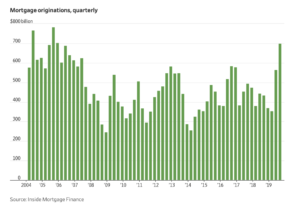Wall Street Journal writer Ruth Bender reported yesterday that, “Bayer said the number of plaintiffs claiming its Roundup herbicides caused cancer more than doubled to 42,700 in the past three months, adding pressure on the company to resolve the legal battle that has raised questions about its future.
“The chemicals-to-pharmaceuticals company was thrown into one of the worst crises in its 156-year-old history after its $63 billion acquisition of Roundup inventor Monsanto Co. last year opened it up to thousands of lawsuits about the herbicides.
“Since August 2018, three juries have found the products caused non-Hodgkin lymphoma, chopping roughly 30% off Bayer’s market value.”
The Journal article indicated that, “The increase in Roundup plaintiffs, from 18,400 in early July, comes as their lawyers and Bayer discuss a potential settlement. Some investors, including activist hedge fund Elliott Management Corp., have urged Bayer to consider settling.
“Bayer had warned about a sharp rise in plaintiffs earlier in October, but played down the significance, saying the numbers said nothing about the size of any settlement payment or the merits of the claims. It blamed the rise on an advertising push by lawyers seeking to recruit more plaintiffs before any settlement is reached.”
Ms. Bender added that, “The spike in plaintiffs has made a resolution even more challenging, as Bayer faces more plaintiff lawyers, said Thomas Claps, a litigation analyst for Susquehanna Financial Group.”



